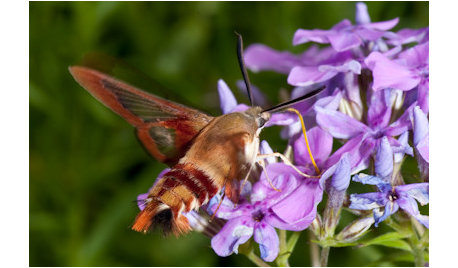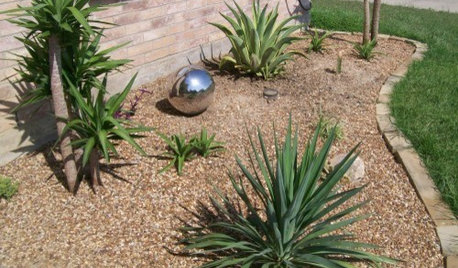garden phlox question
southerngardening24
9 years ago
Related Stories

GARDENING GUIDESGreat Design Plant: Phlox Divaricata
Plant wild blue phlox in central and eastern U.S. woodland gardens for its bright blue flowers in early spring
Full Story
GARDENING GUIDESGreat Design Plant: Prairie Phlox Draws Winged Beauties
Beauty and a sweet fragrance are just the beginning with this spring bloomer. Watch the butterflies and moths descend on it for nectar
Full Story
GARDENING GUIDESNo-Regret Plants: 5 Questions Smart Shoppers Ask
Quit wasting money and time at the garden center. This checklist will ensure that the plants you're eyeing will stick around in your yard
Full Story
LANDSCAPE DESIGN7 Questions to Ask Before Laying Stepping Stones
These broken-up pathways invite you to put a spring in your step — while adding functionality to the garden
Full Story
Design Dilemmas: 4 Questions for Houzzers
Share Your Advice for a Low-Water Garden, Wet Bar, Family Room and Basement Spa!
Full Story
KITCHEN DESIGN9 Questions to Ask When Planning a Kitchen Pantry
Avoid blunders and get the storage space and layout you need by asking these questions before you begin
Full Story
FEEL-GOOD HOMEThe Question That Can Make You Love Your Home More
Change your relationship with your house for the better by focusing on the answer to something designers often ask
Full Story
CURB APPEAL7 Questions to Help You Pick the Right Front-Yard Fence
Get over the hurdle of choosing a fence design by considering your needs, your home’s architecture and more
Full Story
ORGANIZINGPre-Storage Checklist: 10 Questions to Ask Yourself Before You Store
Wait, stop. Do you really need to keep that item you’re about to put into storage?
Full Story
EXTERIORSCurb Appeal Feeling a Little Off? Some Questions to Consider
Color, scale, proportion, trim ... 14 things to think about if your exterior is bugging you
Full Story






sunnyborders
southerngardening24Original Author
Related Professionals
Birmingham Landscape Architects & Landscape Designers · Bridgeport Landscape Contractors · Chattanooga Landscape Contractors · Chesapeake Ranch Estates Landscape Contractors · Coram Landscape Contractors · Doctor Phillips Landscape Contractors · El Sobrante Landscape Contractors · Gainesville Landscape Contractors · Holtsville Landscape Contractors · Lemoore Landscape Contractors · Long Beach Landscape Contractors · Lynwood Landscape Contractors · Madera Landscape Contractors · Panama City Beach Landscape Contractors · Twin Falls Landscape ContractorsUser
ken_adrian Adrian MI cold Z5
sunnyborders
southerngardening24Original Author
southerngardening24Original Author
sunnyborders
sunnyborders
linaria_gw
User
User
southerngardening24Original Author
sunnyborders
catkin
southerngardening24Original Author
Ann5754